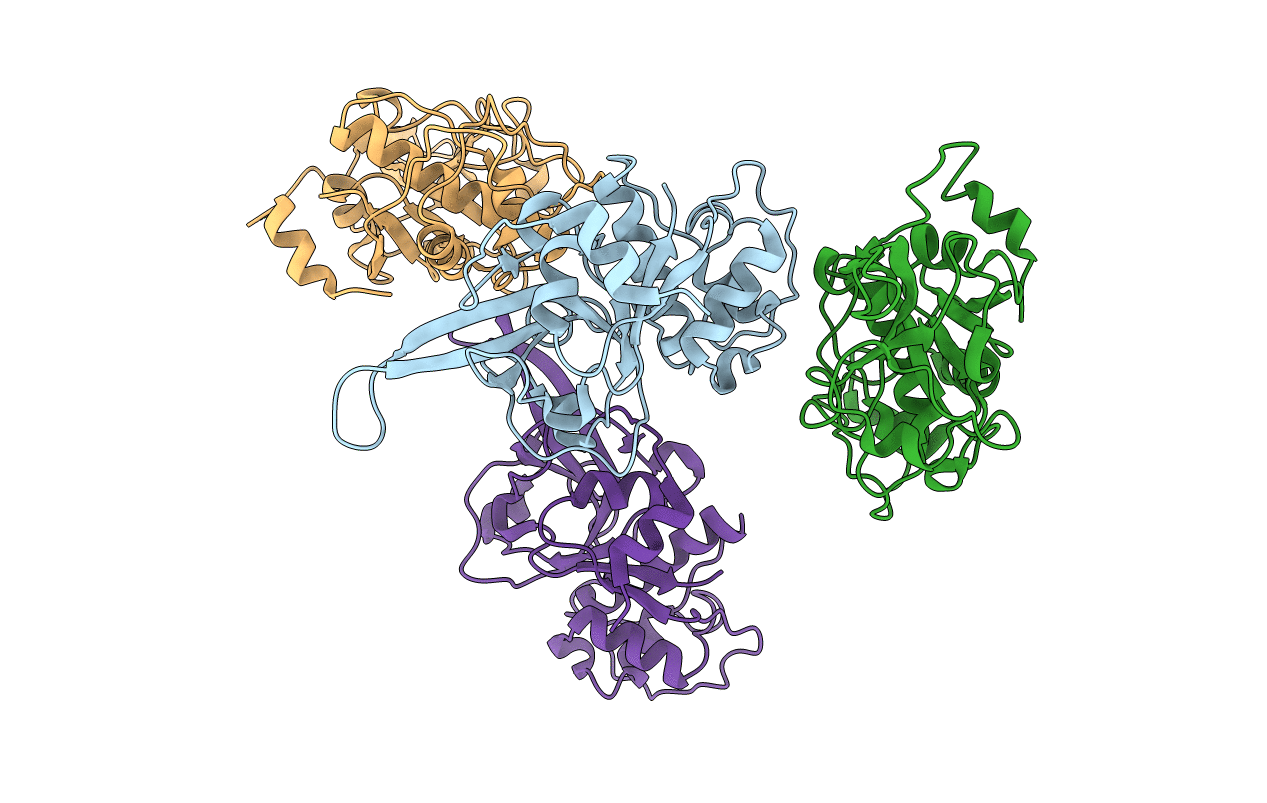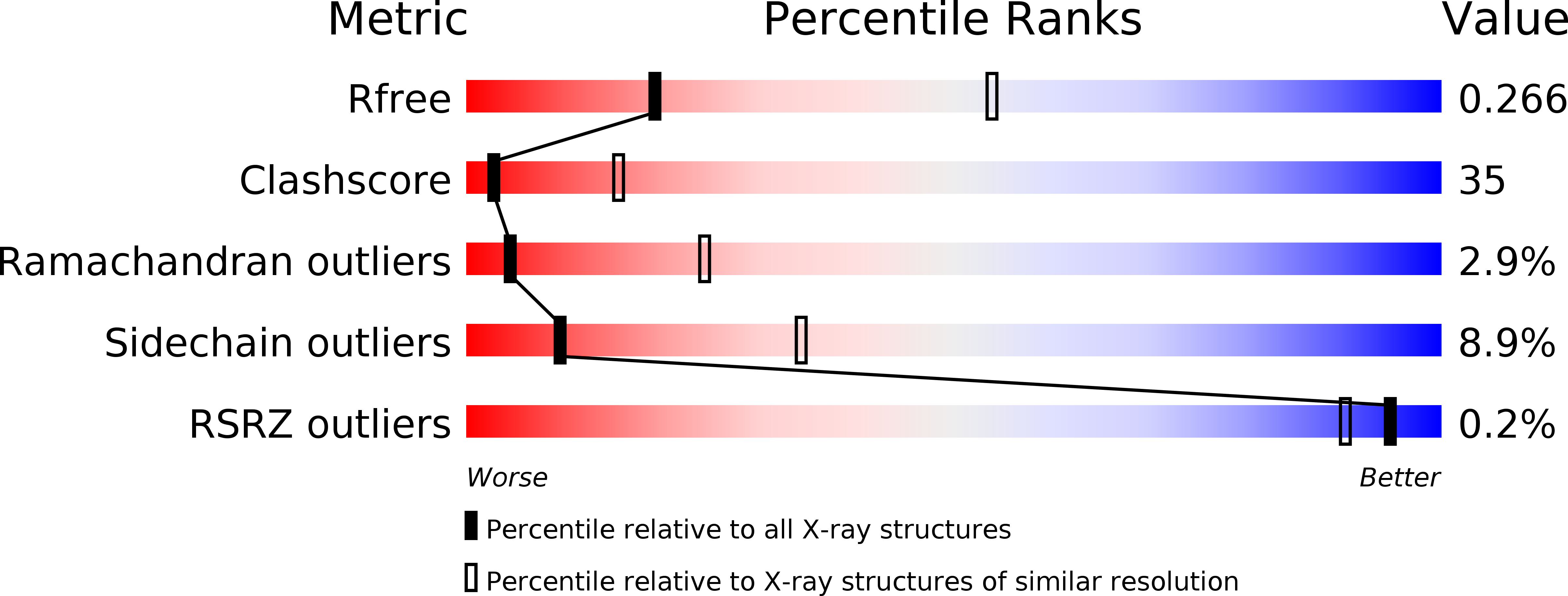
Deposition Date
2006-03-27
Release Date
2006-06-06
Last Version Date
2024-10-30
Entry Detail
Biological Source:
Source Organism:
Plasmodium falciparum (Taxon ID: 5833)
Host Organism:
Method Details:
Experimental Method:
Resolution:
3.10 Å
R-Value Free:
0.27
R-Value Work:
0.23
Space Group:
C 2 2 21


